ETNO KRAUTROCK JAM SESSION / NORTHERN CROATIA MUSIC /
Hey everyone. Yesterday a good friend of mine and a kickass jazz saxophone player stopped by the apartment for a cup of coffee and a cup of new plans for this year. Until recently, he was a substitute saxophone player for my band Moskau but he recently called me up and said he'd like to do more music with me and since I'm always excited to work on new projects I said yes. What we have in mind is this weird blend of music from Northern Croatia mixed with the style of krautrock. I'm not sure if everyone knows what krautrock is (let alone music fromNorthern Croatia), so let's start by explaining a bit about both.
KRAUTROCK
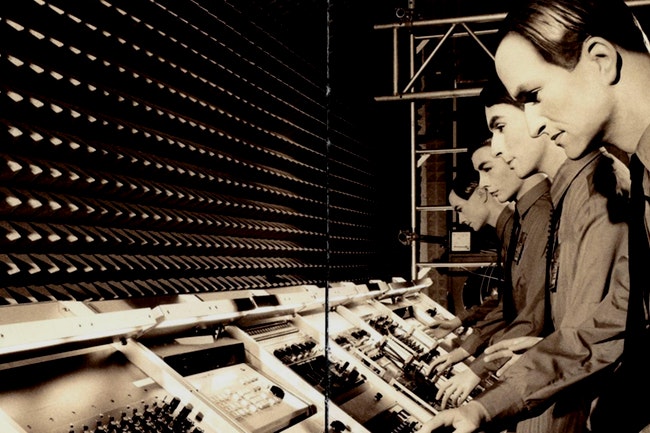
Krautrock (also called "kosmische Musik") is a broad genre of experimental rock that developed in Germany in the late 1960s. Largely divorced from the traditional blues and rock and roll influences of British and American rock music up to that time, the period contributed to the evolution of electronic music and ambient music as well as the birth of post-punk, alternative rock and New Age music. Important acts of the scene include Can, Kraftwerk, Neu!, Amon Düül II, Ash Ra Tempel, Tangerine Dream, Popol Vuh, Faust, La Dusseldorf, Harmonia etc. If jazz had an evil twin brother, it would be krautrock. Krautrock bands tried to be the opposite of what was happening in prog-rock at the time so they are today considered to be proto-punk. That means they employed minimalism rather than prog-rocks maximalism that was going on with endless solos and hundreds of harmonies. They are the pioneers of emloying jams in writing songs and also the extensive use of drones (meaning repetative, often one note patterns played for a very long time) and synth that were just emerging as the new type of instrument. Here are a few examples of krautrock and also some of my favorite kraut tracks.
MUSIC FROM NORTHERN CROATIA
Music from Northern Croatia is, of course, completely different. Northern Croatia is located around Drava and Mura rivers and it borders Hungary. It has a long tradition of music played on instruments specific to that area, mostly handmade and mostly made only for playing that specific kind of music. Since N. Croatia borders hungary, the music has a lot to do with hungarian music and that in turn means there's a wider connection that goes all the way to Mongolia and the far East. The regions I'm talking about are Podravina (meaning ''Around river Drava'') and Međimurje (meaning ''Between the Mura river''). The songs are mostly about the everyday life in the villages in that areas, the natural beauties surrounding them and about how the work for survival is hard. The songs also deal with bigger themes such as husbands leaving for the army, children dying from disease, single mother's being left alone to work in the field and take care of everyrthing and so on. The melodies often resemble the hungarian chardash and hungarian dances (made famous by Brahms) and are played on violins, bajz (a homemade version of upright bass), tamburica, berda, cimbule (a hungarian stringed instrument) and various typef of percussion. What I like about these songs are the theme melodies that sort of capture what life was and still is like in those poor vuillages around the Drava and Mura river. The melodies are connected to that life and they are rooted deep within the people. Nobody knows were they came from but they were past on for generations. What is fascinating to me is that, no matter how hard you try, you can never write a melody that has that ''something'' that the melodies that came from the people have.
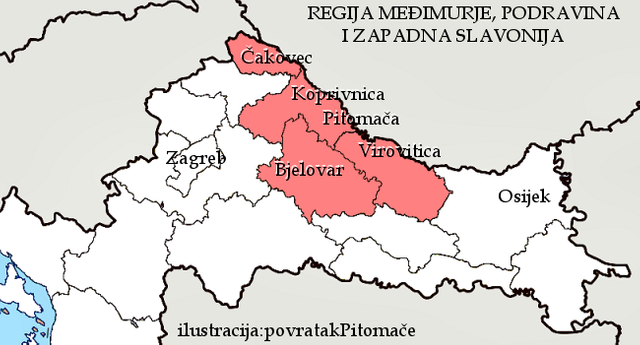
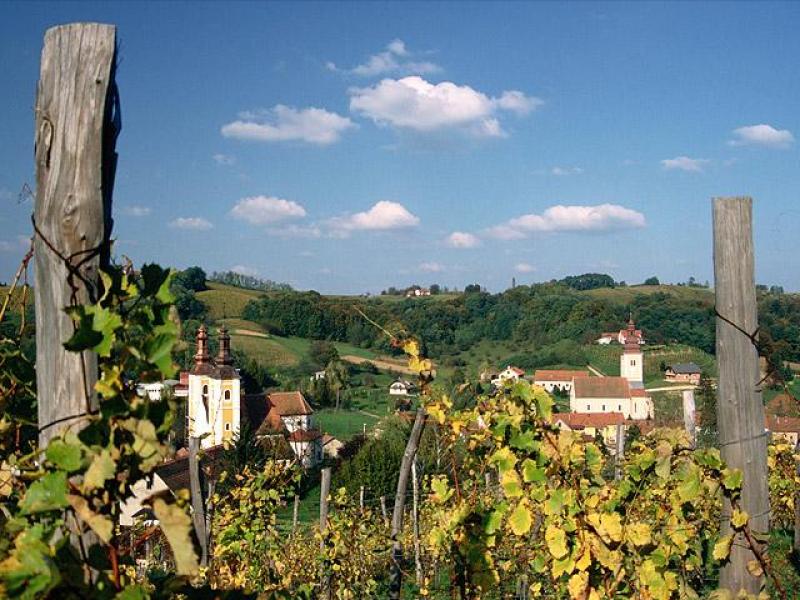
(these are the Podravina and Međimurje regions)
.jpg)
(Cimbule. They are played with something similar to drum sticks)
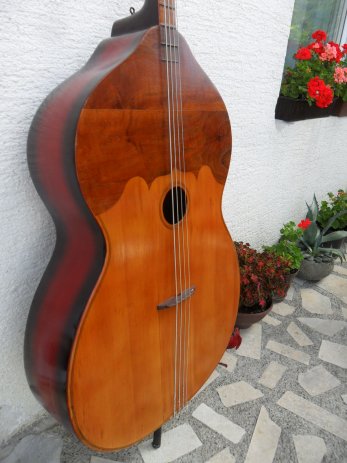
(this is a bajz)
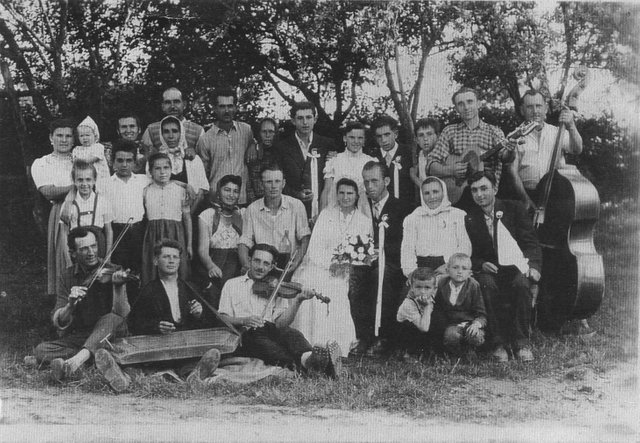
(this is a common scene from the life of the village. The musicians are amongst family members and other members of the community, somewhere in the field, playing music when they have a break from work)
This is a typical Podravina song called ''Alaj je divan taj podravski kraj'' eng. ''Oh, how beautiful Podravina is'')
So, what my friend and I are trying to do is to combine the two. We want to use the melodies from the Podravina and Međimurje songs and play it in a krautrock style. I'm not sure if this will work, but we'll give it a try. We are now looking for other musicians to help us out - maybe some vocals, percussion, a bass - and start rehearsals. For now, we are just jamming at my place trying to figure out how to do this. We have only tried one song and ended with this 10 minute jam. The name of the song is ''Vehni, vehni fijolica'', loosely translated as ''Wither, wither, love''. For this one I used an alternative tuning (D-G-G-G-B-F) and my friend played a genuine 1940's alto saxophone. Here's the track, enjoy!
You write some nice article about music. Although voted for a previous one, this one I cannot vote for. Part of your post is copy/paste. While copy/paste by itself is not a big problem, source recognition must be provided which you didn't. Since you state you are a writer, may I advise you to write in your own words, instead of copy/paste? BTW, we dont have that many good writers on music in Steemit, so please feel free to use my advise and become one of the few who can write, about music, and loves music and as you say, are a musician yourself.
Thank you for your comment. Comments like these are very helpful and I appreciate your advice. Can you please tell me what parts of the text are problematic for you because nothing other than the first two sentences of Krautrock definition is pasted (and even that is only partly copied) and the definition is copy/paste because that's what definitions are for (at least that's how I feel). I also understand the part about stating the source and I completely agree but here I didn't feel that the source is needed. Anyhow, I will try to avoid these kind of situations in the future.
Mostly I use this checker: https://www.grammarly.com/plagiarism. It goes red at the Krautrock part. The free version of the checker doesnt give more information, unfortunately. Sometimes I use other checkers as well, but they maybe based on Grammarly as well, I dont know to be honest. I know that cheetah sometimes detects something Grammarly doesn't detect, but I think cheetah looks at for instance Facebook which may not be checked by Grammarly. Anyway, my advise, either source recognition, and use quotes for parts you take from somewhere else. When you re-write, then only source is ok, or when source becomes almost irrelevant, source mentioning is not required I would say.
Keep up the good work, you have some nice articles!
Thanks for the info